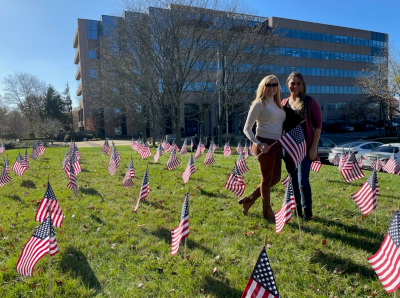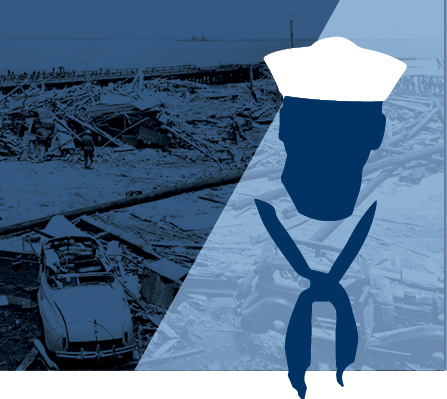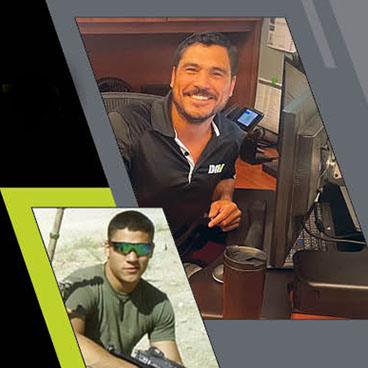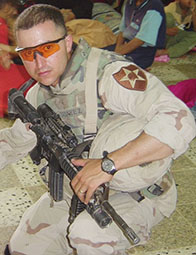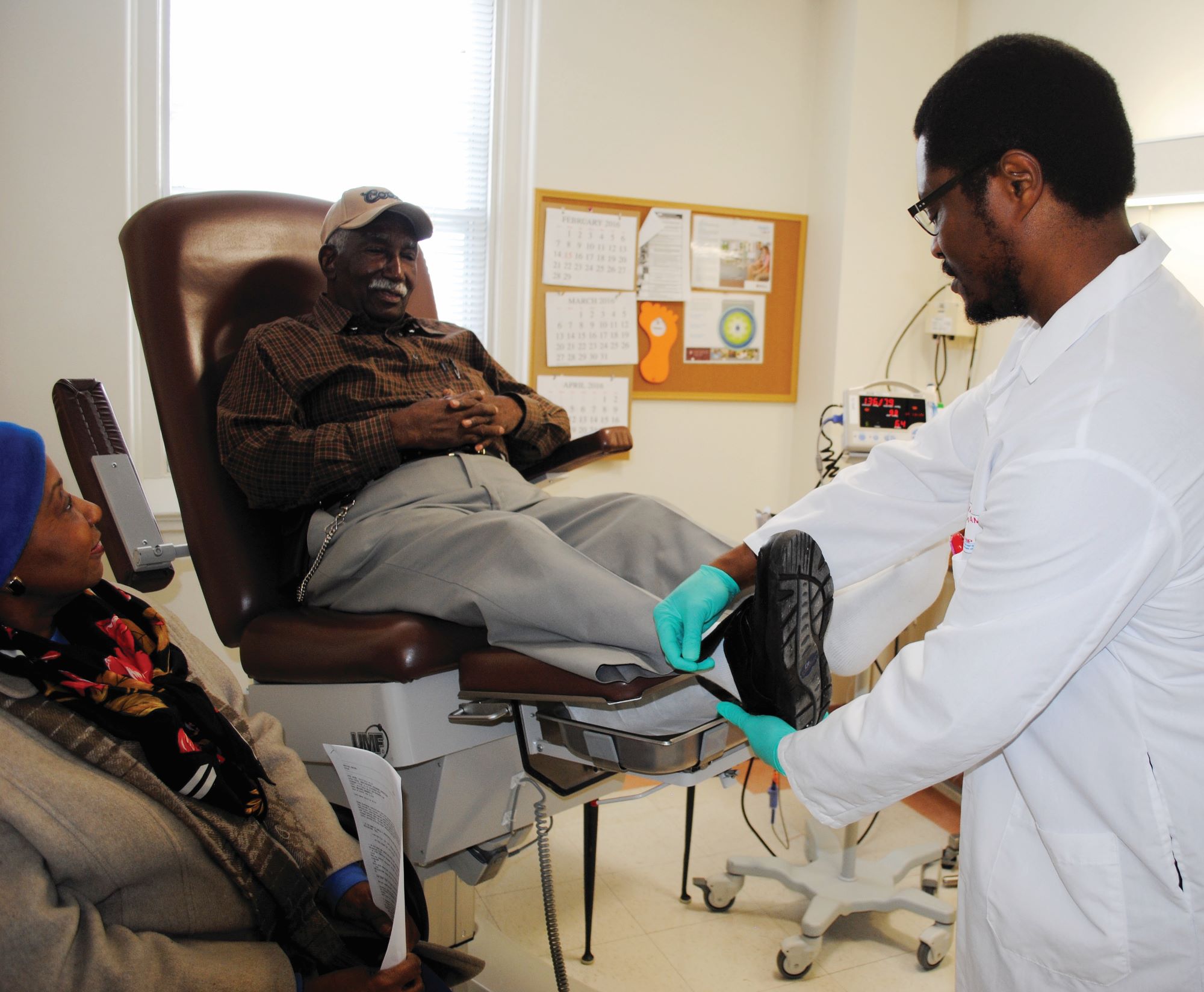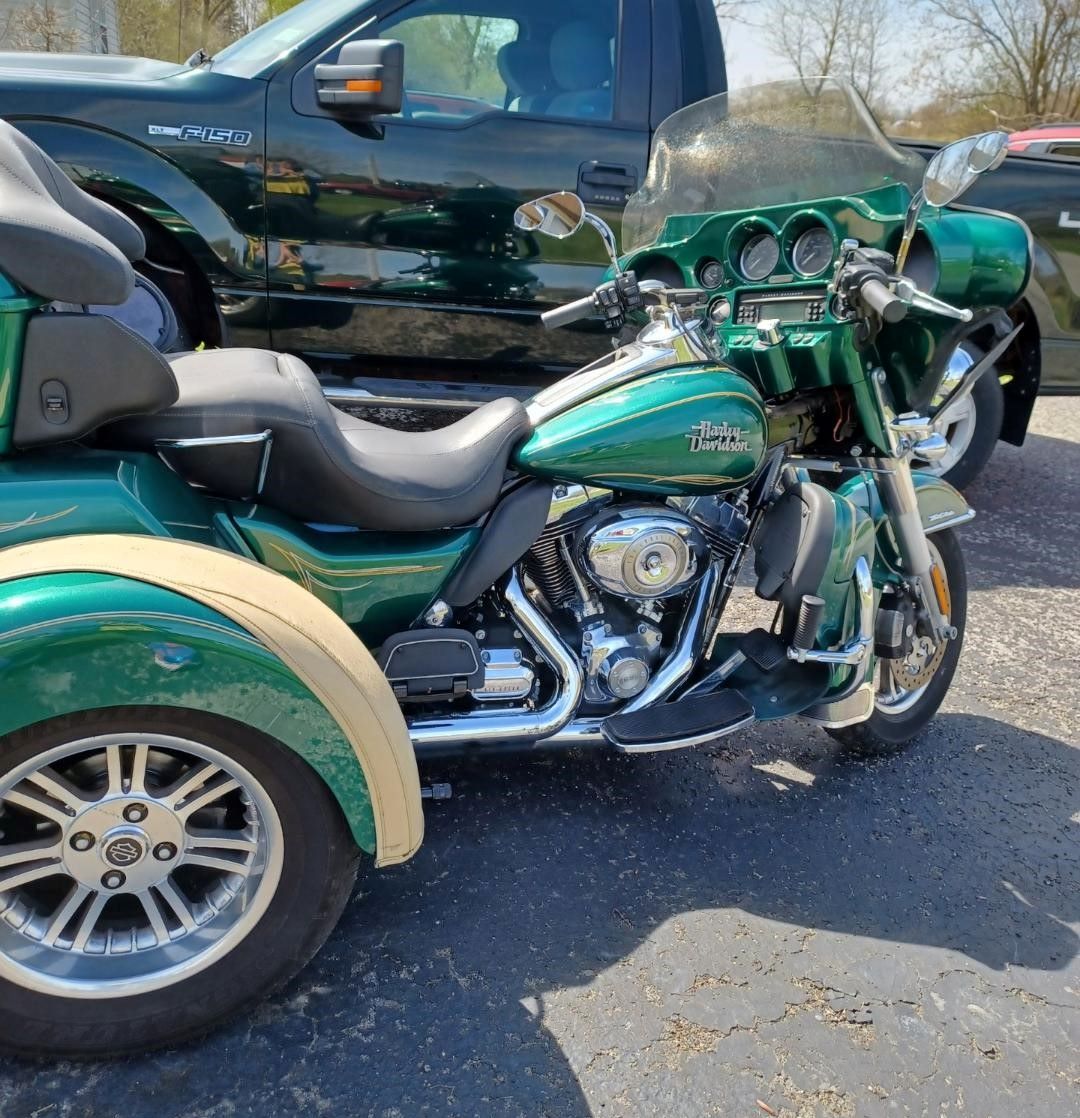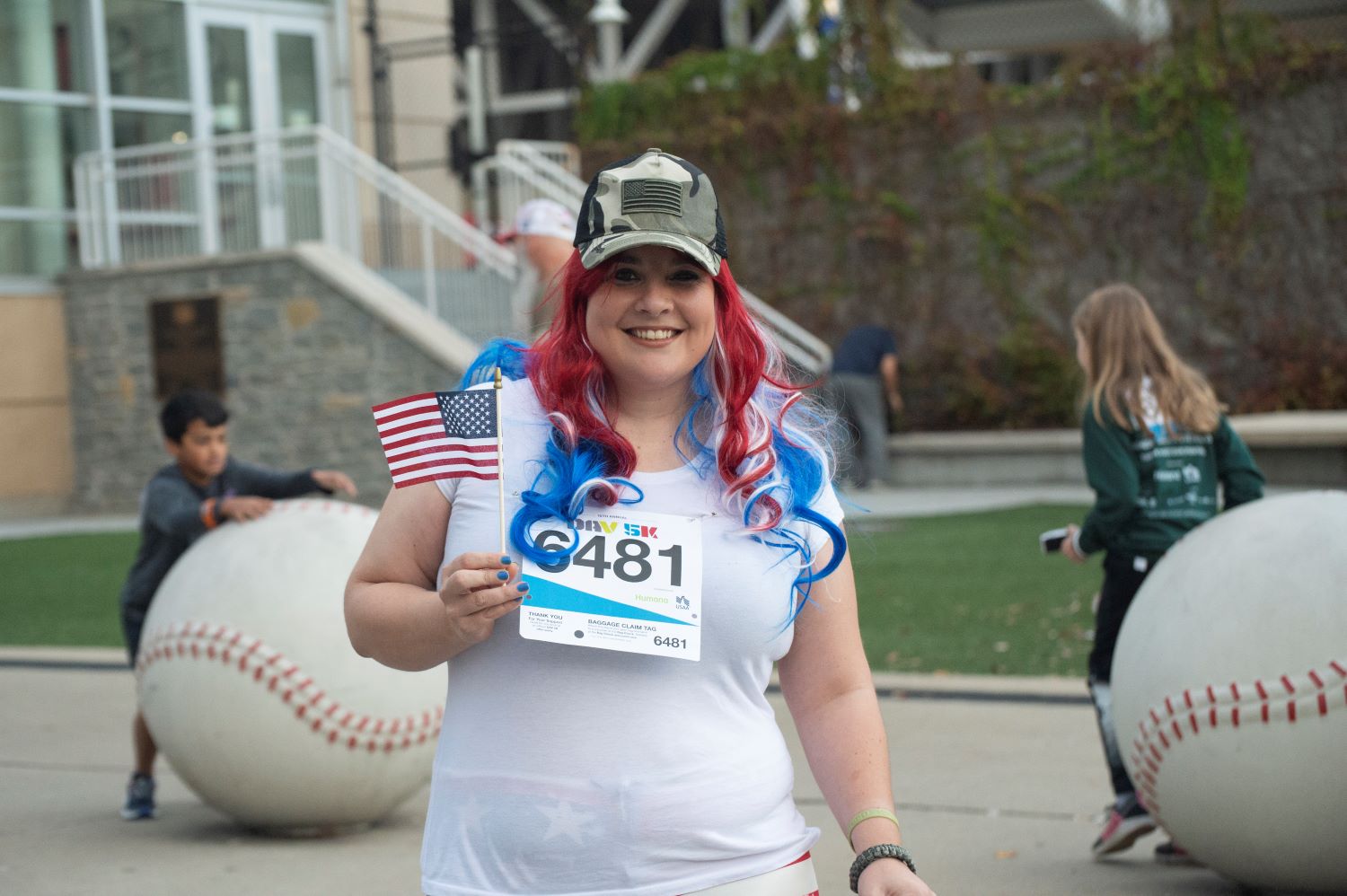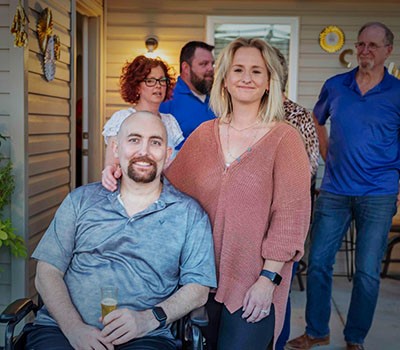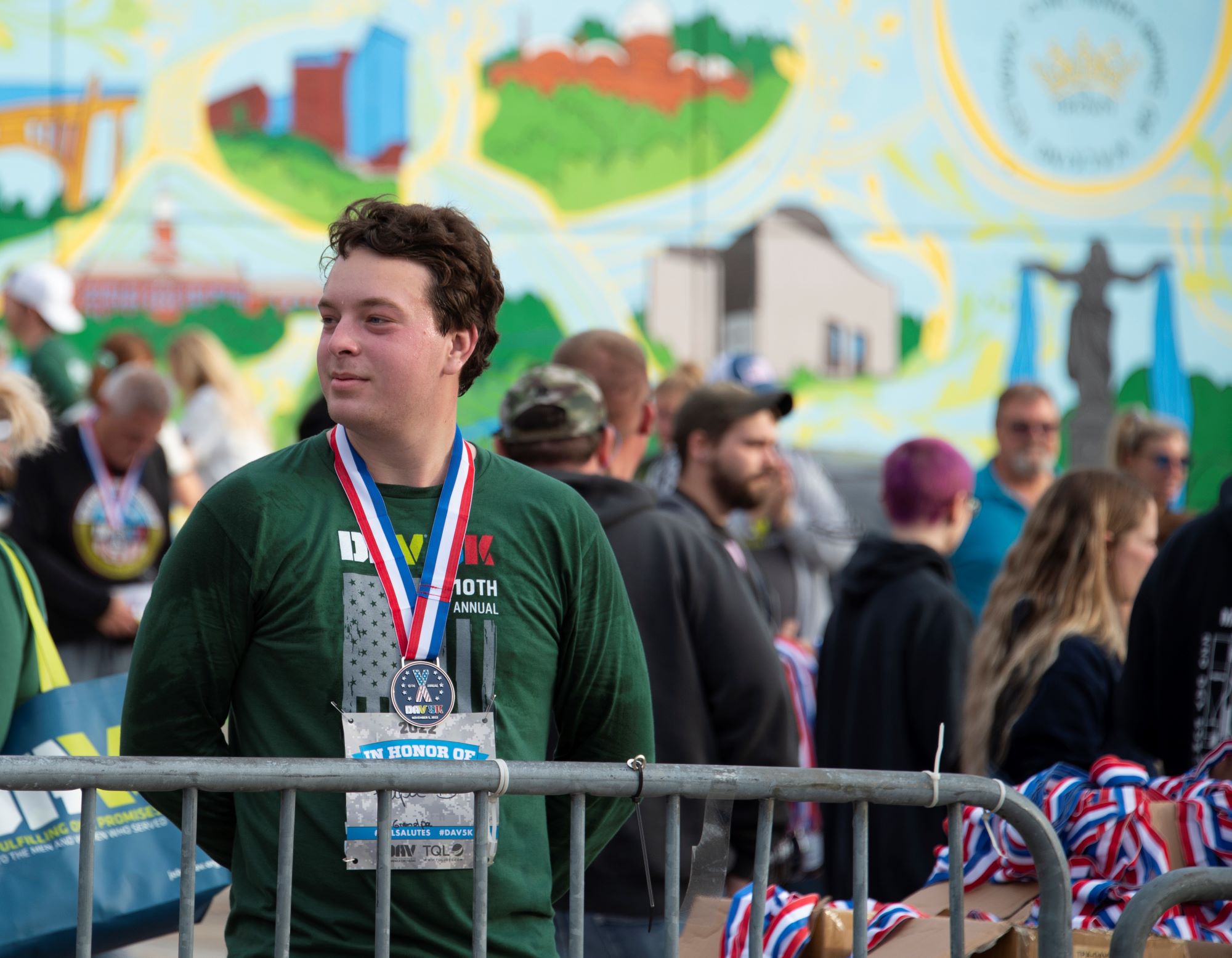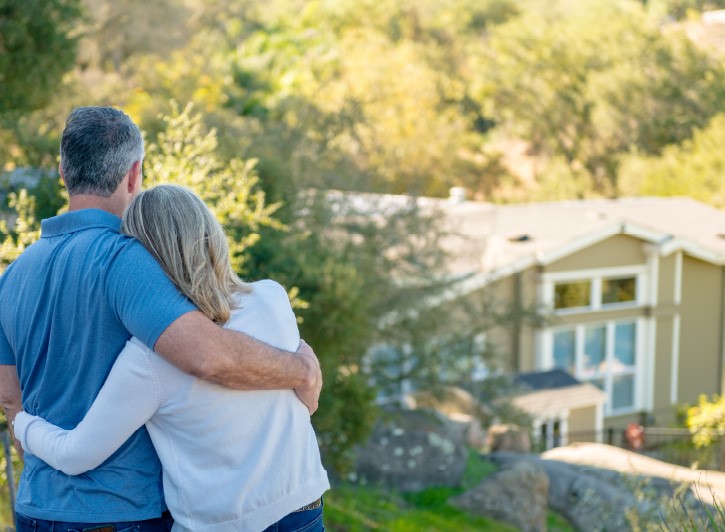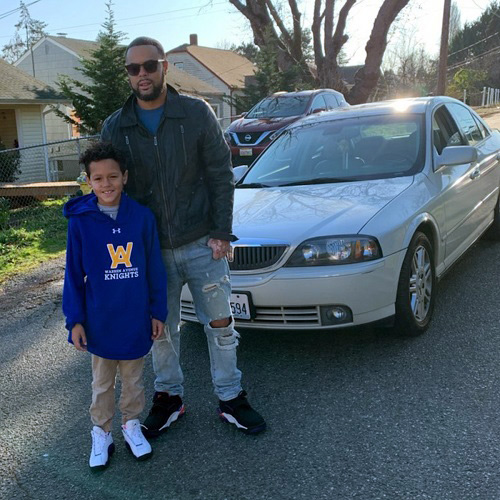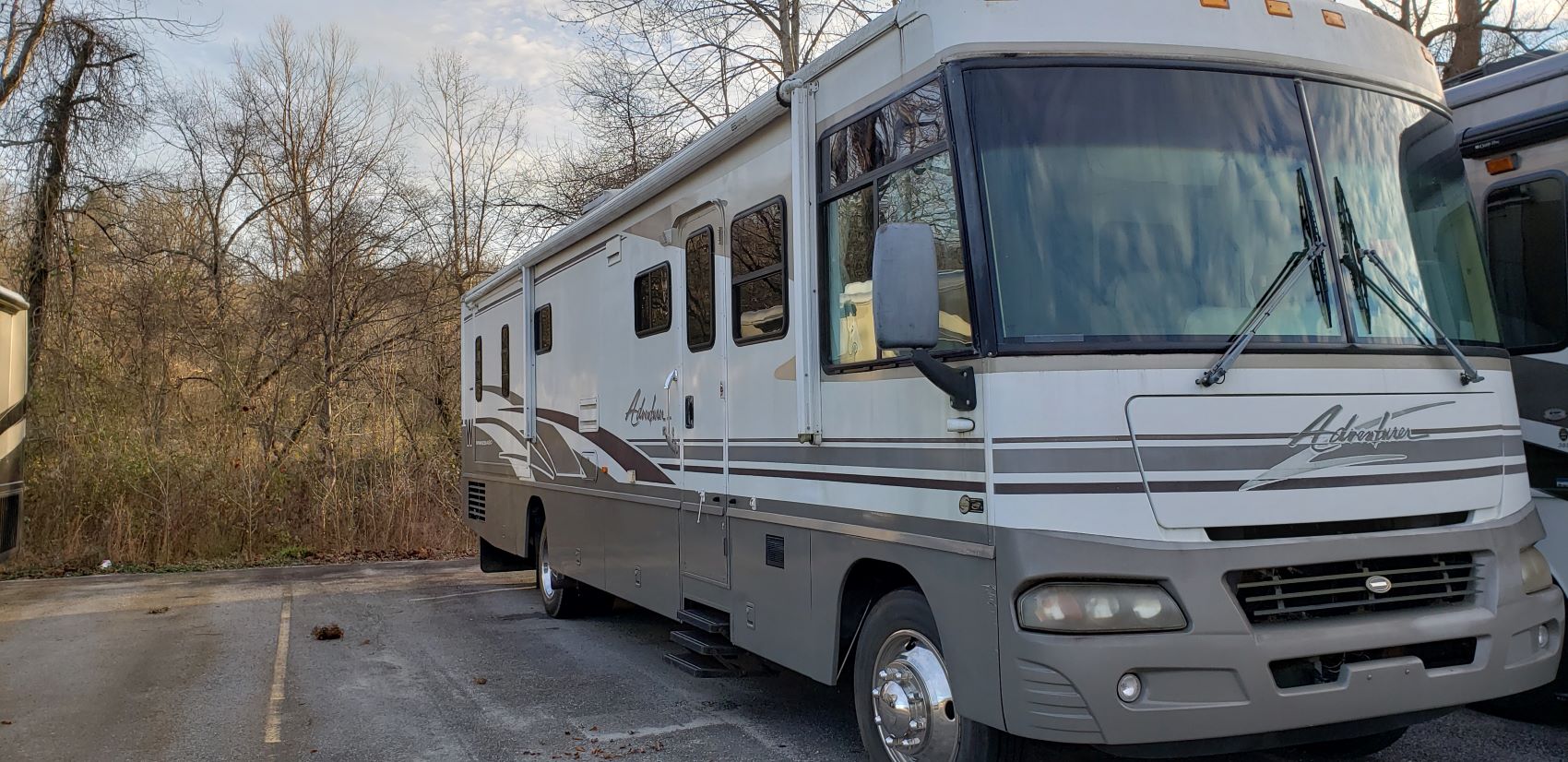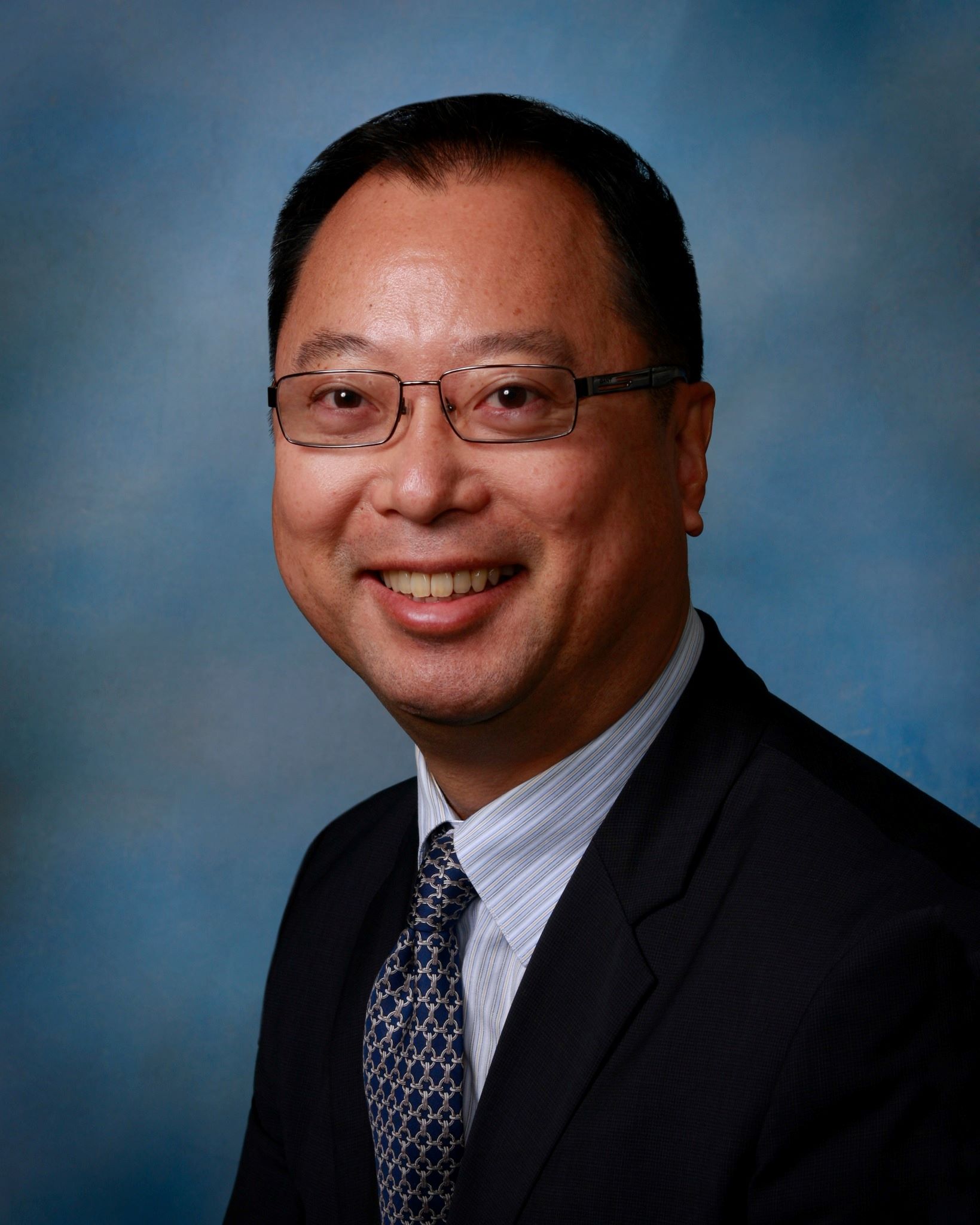As physical effects of service lingered, DAV was there to help
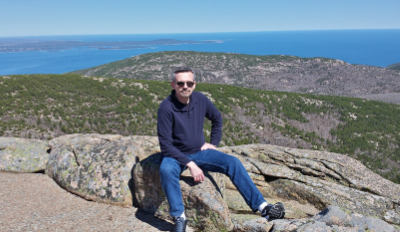
It was 1979, the summer after Glenn E. Smith’s junior year of high school when he decided to sign up for the Army’s Delayed Entry Program.
“I realized that I only had one year of school left and I still didn't know what I wanted to do afterward,” said Smith.
For a decade Smith served in the Army, and his commitment to serve continued when he signed up with the Air National Guard. It was during that time, just after 9/11, that he saw two deployments in support of Operation Enduring Freedom.
In October 2001, Smith’s unit was activated and deployed to Lajes Field Air Force Base in Azores, Portugal. They were there for 111 days, backing up and augmenting the active-duty security forces who were stationed there. The winter months were wet and windy, at one point raining for six straight weeks. The wind blew so hard, he recalled, that the aircraft parked on the tarmac had to have their noses chained down and the waves at sea looked like they were reaching nearly 100 feet high.
The unit returned home in February 2002, but was soon deployed to Qatar in the Persian Gulf, where they provided air base ground defense at what was then a classified location. By June of that year, the thermometer would, at one point, hit 148 degrees Fahrenheit.
Smith found that being away from his wife during those deployments was difficult for them both.
“My son had graduated from high school in June 2001, so he was already off to college when I deployed, but being away from my wife during those deployments was hard on both of us,” said Smith. “I had my comrades to lean on and help get me through it, just as they had me, and we stayed busy. I wrote a lot of letters and tried to call home whenever I could. My wife, on the other hand, was home alone. Yes, she had friends to distract her some of the time, but those friends had lives of their own. They couldn’t be with her all the time.”
More than a decade after his service, Smith said the physical effects of service still linger.
“Some grow slowly but steadily worse,” said Smith.
Upon his retirement, however, Smith decided that he wasn’t going to bother with putting in for benefits related to his service-connected conditions.
“I had issues and do to this day, but unlike far too many of our younger veterans, I still had my sight, my hearing (mostly), and all of my limbs,” said Smith. “I was still able to work without needing any special accommodations, and I had heard stories of too many combat veterans having a very difficult time getting the help they truly needed from the VA.”
But a few years later, Smith finally decided to put in for disability compensation.
“I started looking into the process and soon started feeling overwhelmed by how much paperwork I had to do, and by how complicated the process is,” said Smith. “Fortunately for me, I have a friend who is very active with DAV. He helped me with the paperwork and guided me through the process of using DAV as my advocate, and that made things a lot easier for me.”
Smith was so appreciative of DAV’s assistance that he became a life member of the organization.
“I could not be happier with what DAV has done with my case,” said Smith. “DAV is there to help, and help they do.”

